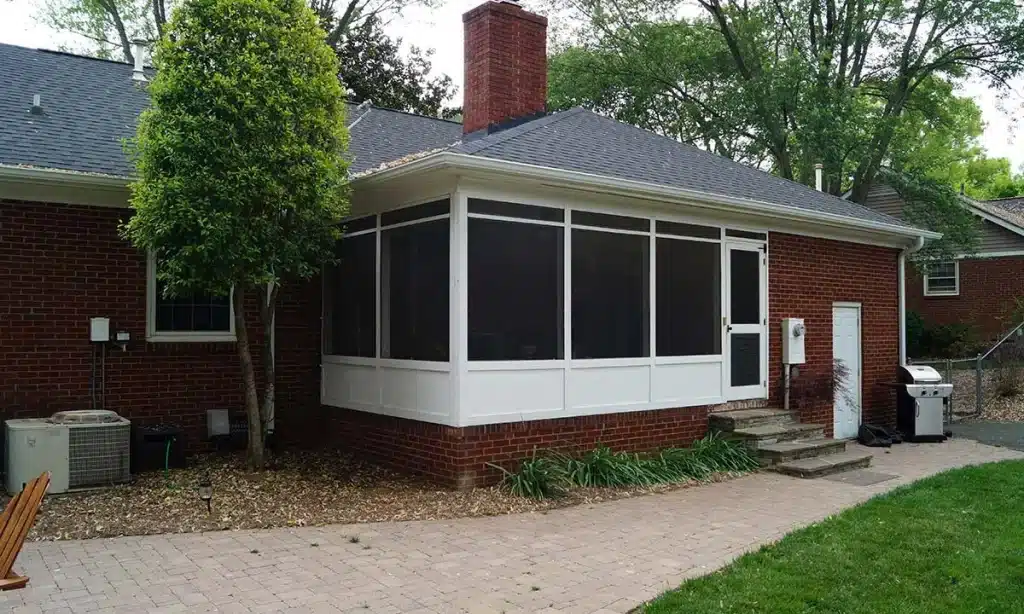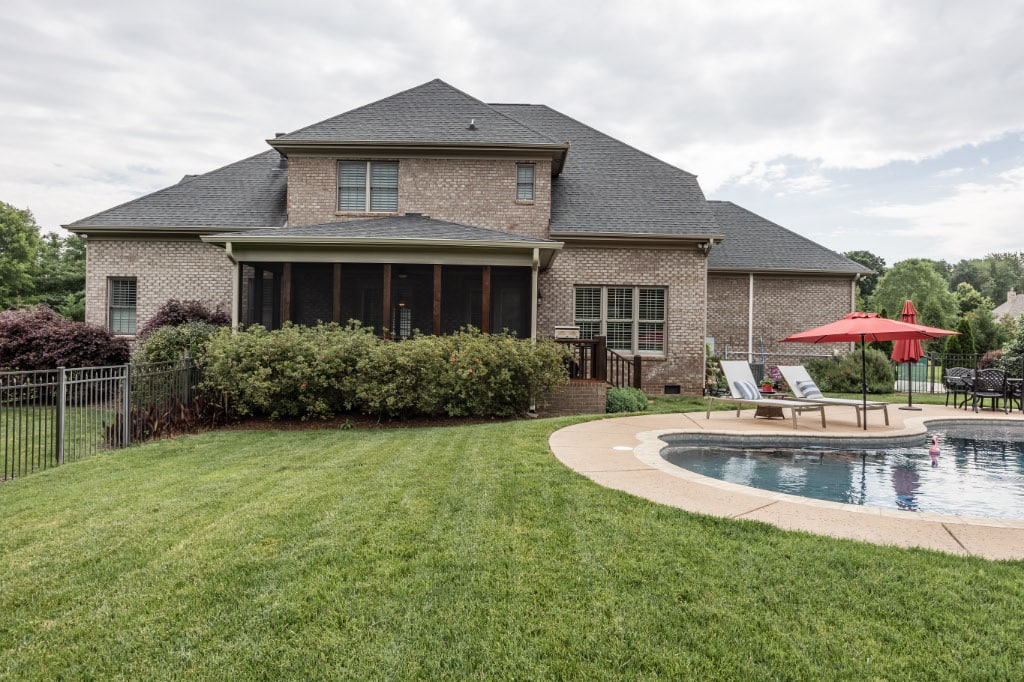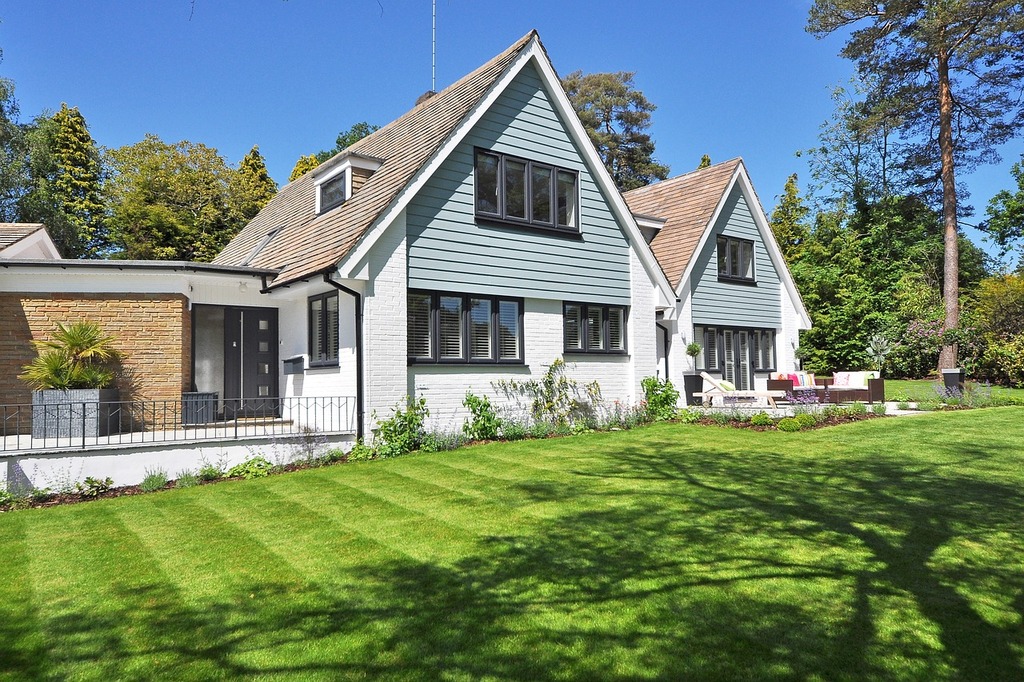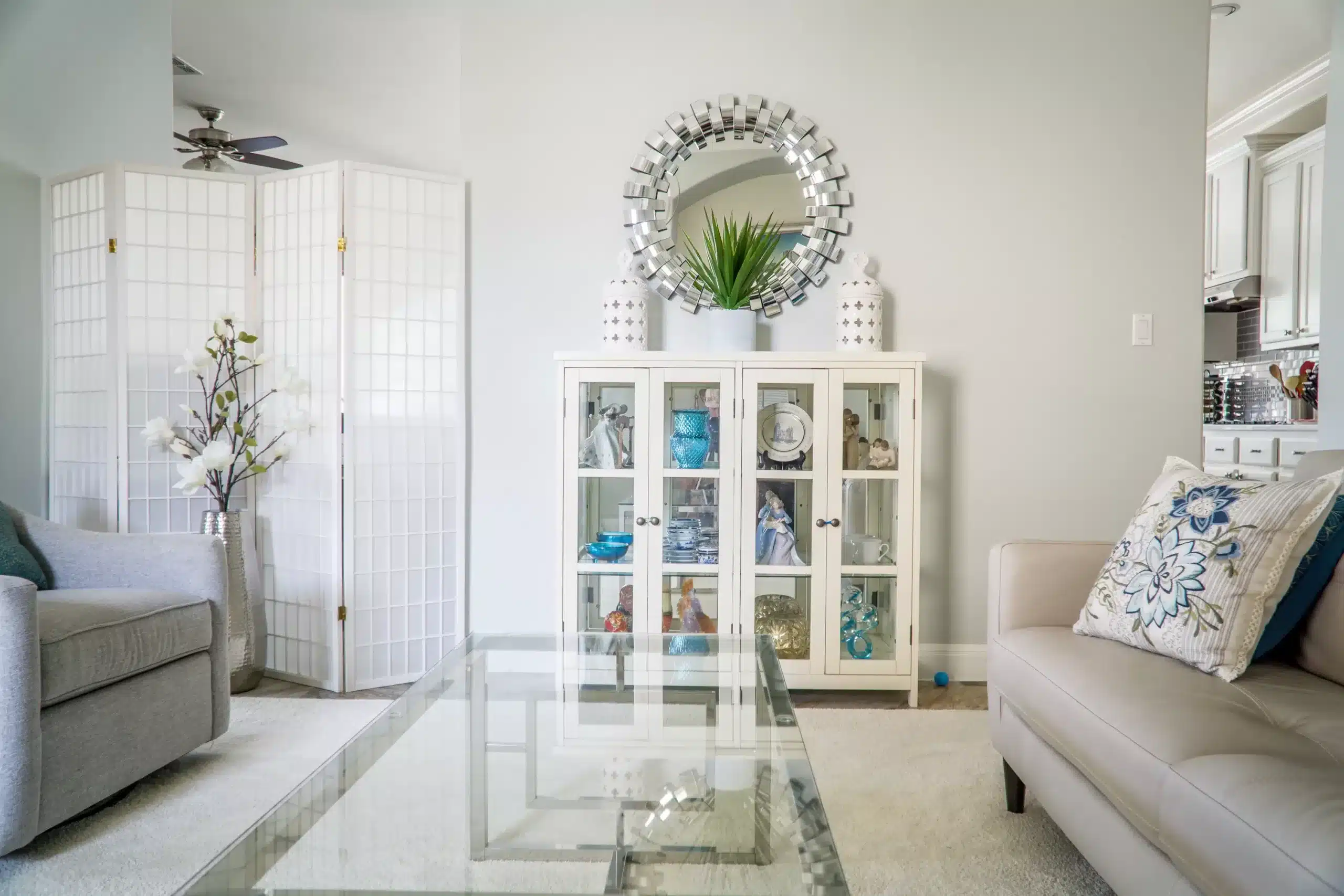
Space-enhancing tips for your home this festive season
As we approach 2024, the world of luxury home construction is on the brink of a paradigm shift. From innovative structural designs to sustainability-driven concepts, the architecture driving luxury home construction is undergoing a transformation that is redefining what we think of as opulence. Here are a few of the architectural trends that we think will shape luxury home construction – and luxury home remodeling – in the coming year and beyond.
Sustainable Architecture
Not surprisingly, sustainability will continue to take center stage in luxury home architecture, with a heightened emphasis on eco-friendly design principles. Architects are integrating sustainable materials, energy-efficient technologies, and innovative construction techniques to create homes that minimize their environmental impact. Green roofs topped with native vegetation, photovoltaic solar panels seamlessly integrated into facades, and energy-efficient insulation materials are becoming staples in luxury home construction. While these features used to be considered primarily functional, sustainability is now being seen as an essential component in luxury homes.
Connecting with Nature
The concept of biophilic design, which seeks to integrate natural elements into the built environment, is gaining prominence in luxury home construction. While in the past, architects focused on creating seamless views of nature from inside the home, they are now starting to take that concept a step further. Forward-thinking architects are creating homes that not only offer panoramic views of the surrounding landscape but also incorporate nature directly into their structure. Living walls, indoor gardens, and water features within the interior of homes are becoming more prevalent. This trend not only enhances the visual appeal of a home but also fosters a deeper connection with nature, promoting well-being and healthier living spaces.
Innovative Materials
Luxury home construction used to be defined by the materials it used – the more expensive the materials, the more luxurious it was deemed. Today’s architects are using traditional high-end materials like marble and exotic wood in unexpected ways. They are substituting advanced composite materials that are more durable, flexible, and allow for more intricate designs. Additionally, the integration of smart materials, such as those with self-healing properties or color-changing capabilities, is becoming more prevalent. This ability to change your environment to meet your needs – whether that’s adapting lighting at the touch of a button or changing the color of your appliances on a whim – is now seen as an expression of true luxury.
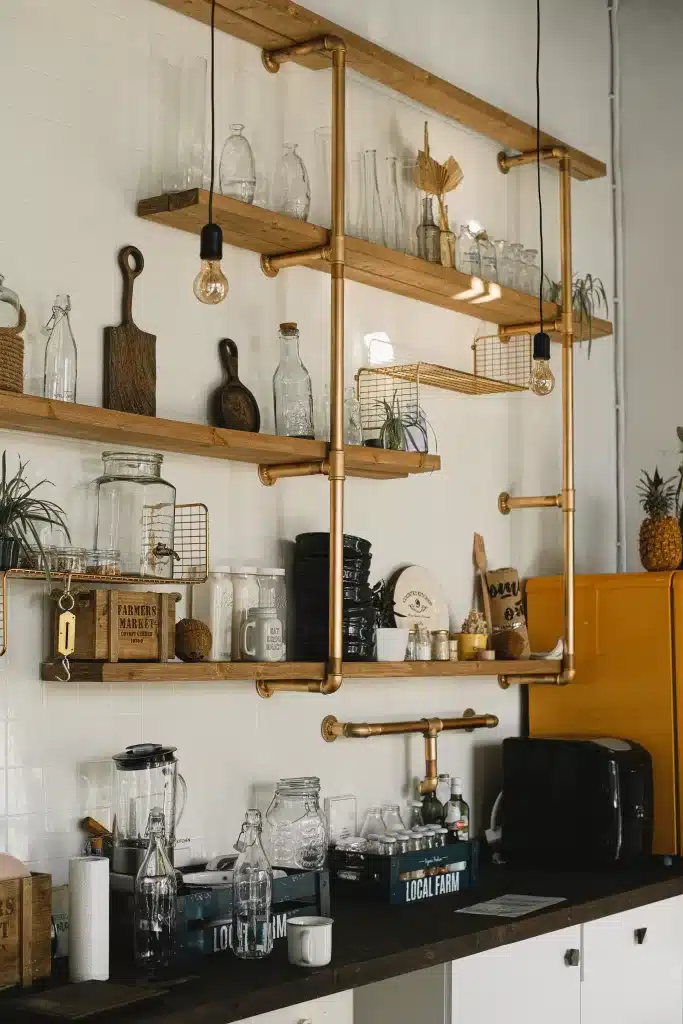
Dynamic Spatial Design
The conventional notion of static, compartmentalized living spaces has given way to a more dynamic and fluid architectural approach. While for the past decade or so, luxury homes have been characterized by open floor plans that seamlessly connect multiple living spaces, architects are now taking that approach a step further. Architects are incorporating movable walls, retractable glass panels, and adaptable layouts that allow homeowners to transform their living spaces according to their needs. This started a few years ago with the rise of barn doors and sliding sunroom walls, but these features have now migrated into more mainstream areas of the home. This architectural flexibility not only enhances the functionality of the home but also creates an immersive and dynamic living experience that can flex to meet changing entertaining and living needs. This trend in particular is easy to integrate into luxury home remodeling when homeowners are seeking ways to change boxy floorplans into more flexible living areas.
Tech-Infused Innovation
Technology has transformed every aspect of our lives, so it only makes sense that it would play a greater role in how we live. From intelligent building systems to augmented reality applications for design visualization, technology is seamlessly being integrated into the architectural fabric of luxury home construction. Smart glass that adjusts its transparency based on the intensity of sunlight, interactive surfaces that respond to touch, and climate control systems that adapt to residents’ preferences are just a few examples of how architects are using technology to enhance both the aesthetic and functional aspects of luxury home architecture.
Iconic Rooftops
When you think of a luxury rooftop, you probably think of an uptown office building or high-rise hotel. Today, architects and structural engineers are bringing some of the same features you would expect to find in upscale urban living homes into luxury single-family homes. Architects are looking up to do that – transforming rooftops into multifunctional spaces that feature infinity pools, landscaped gardens, and entertainment areas with breathtaking views. While obviously you need the right roof to pull these types of spaces off, architects are incorporating some of the feel of these spaces into traditional outdoor living areas in applications where rooftops would be over the top.
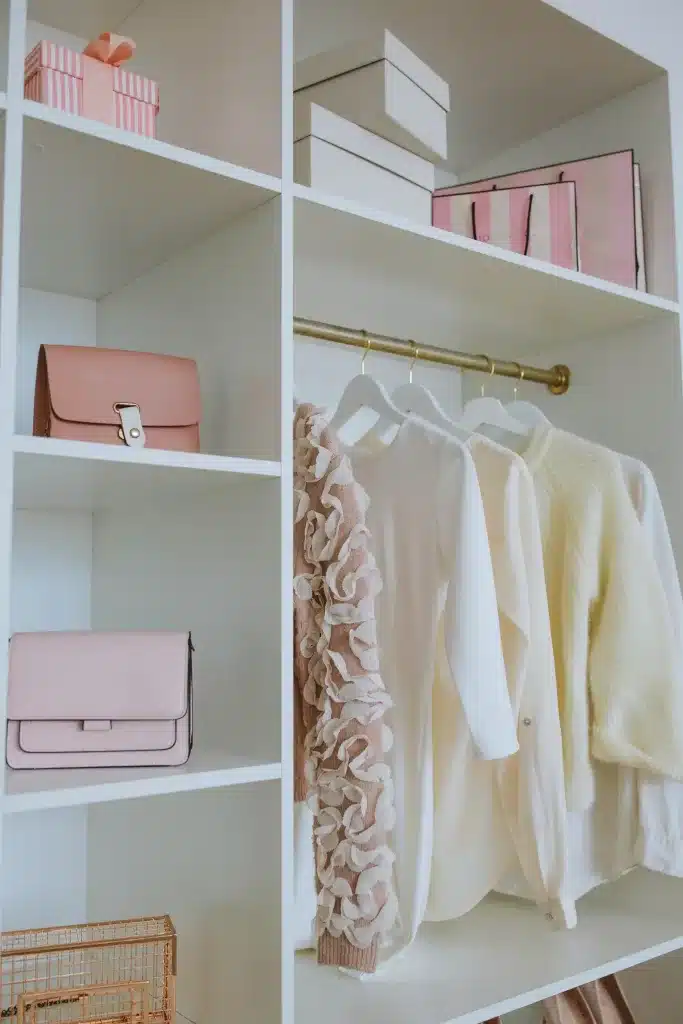
Artisanal Craftsmanship
When you envision the great luxury estates of the past – like Biltmore – you probably think of intricate craftsmanship. In 2024, architectural details are moving away from minimalism to become more detailed, with a focus on bespoke elements that showcase the skill of artisans. From handcrafted metalwork to custom-designed stonework, these architectural features are being tailored to the unique preferences of homeowners. This trend emphasizes the importance of personalized, one-of-a-kind architecture that goes beyond the cookie-cutter designs of the past.
Cultural Fusion
As our world shrinks due to technology, luxury home architecture is widening by embracing a global perspective that incorporates influences from diverse cultural aesthetics. Architects are drawing inspiration from various design traditions, seamlessly blending elements from diverse cultures to create homes that are a synthesis of the global and the local. This trend reflects a desire for a more inclusive and cosmopolitan architectural language that transcends geographical boundaries and hearkens back to individual roots.
The luxury home constructions trends that are coming in the near future showcase a blend of innovation, sustainability, and an appreciation for individuality. As architects and Design-Build Remodelers push the boundaries of design, luxury homes are becoming not just places to reside but architectural masterpieces that reflect the values and aspirations of their inhabitants. Whether they are incorporating pieces of unique craftsmanship, innovative technology, or upscale urban elements, these luxury home construction trends are certain to move from the upscale into the mainstream in the years to come.
